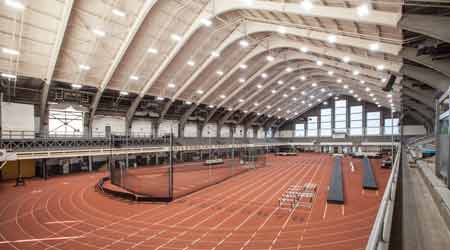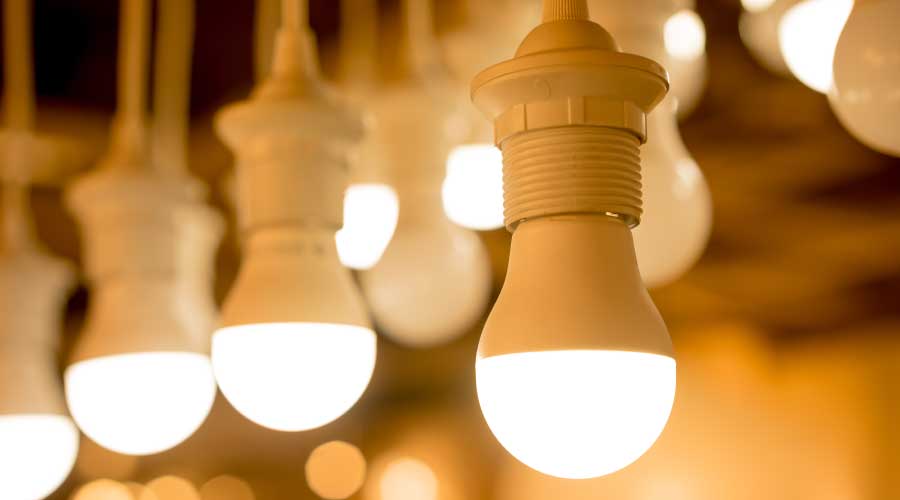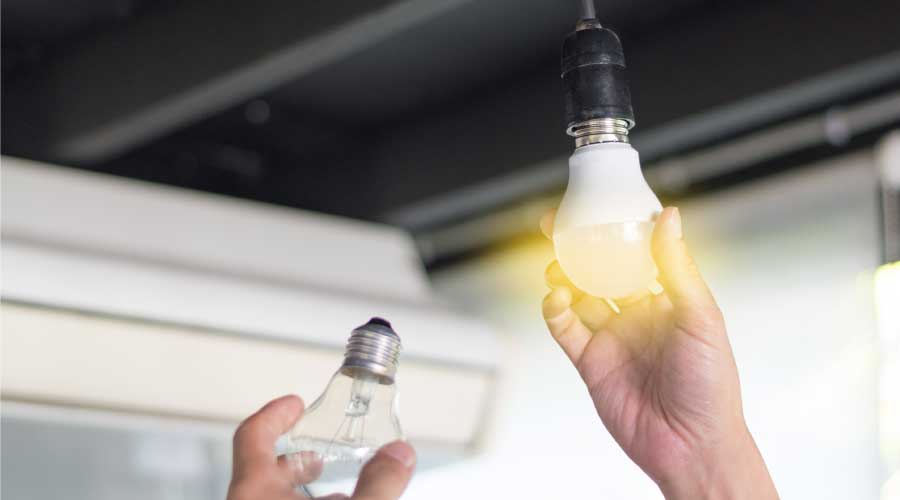Understanding LED Advances and Applications
Managers who understand applications of LED technology advances can make the most of lighting upgrades
The next step in planning a lighting system upgrade is to consider the potential applications of the advances made in LED technology. For many retailers, the color of the light is key. It can make products stand out or highlight certain aspects of a product’s form. For example, in a jewelry case it is not only the intensity that matters. The color temperature also can enhance the hue of a gemstone or the color of the metal.
In office buildings and athletics facilities, where users spend a large portion of their day under interior lighting, color tuning can also be used. Over the past few years, many studies have explored circadian rhythms and the effect that lighting can have on a person’s mood and productivity. Light entering the eye affects Ganglion cells, which send signals to the central circadian clock, according to Cerritos College. This process regulates the body’s sleep/wake cycle, alertness, melatonin, cortisol, and core body temperature.
Exposing bodies to different levels of lighting throughout the day can stabilize circadian entrainment. Exposure to low-intensity, blue-depleted white light for as long as possible in the evening before bedtime increases sleepiness, while high-intensity, blue-enriched white light contact as soon as possible after waking up in the morning decreases sleepiness throughout the day. The benefits of stabilizing circadian rhythm include increased alertness, improved cognition, and non-pharmacological treatments.
When applying circadian lighting design, the process must include a thoughtful approach as to timing and location, as well as the best way to apply it. Many researchers and lighting designers are working together to determine the best way to properly apply different lighting throughout the course of the day to help end users reach their full potentials. Many educational developments in this field are worth following, and one point is clear: The goal is to help people.
As LEDs have evolved, one fact remains: LEDs are a point-source light, and that source will cause glare if the incident angle is too low in respect to the eye for aimed fixtures or too high in relation the surface a person is looking at. Previous attempts at controlling glare included shielding and lenses, but, some fixture manufacturers can provide a system to control the glare from amiable fixtures and to tune the beam angle of the LED or the fixture to reduce light spill.
With the continued increase in efficiency, the wattage required to drive an LED fixture while maintaining a desired illuminance has dropped. In conjunction with LED advances, power over Ethernet technology has been pushing the limits as well. With PoE+ — 30 Watts — or the latest universal PoE — 60 Watts — switch port feeds, LED manufacturers are looking at low-voltage solutions for smart fixture installations.
Typically, these systems integrate individual, addressable fixtures and control devices over the building network. While this system can be applicable to general lighting, emergency lighting would be a challenge, and managers would need to address it separately.
In addition to PoE fixtures, designers have used LED light sources for data transmission. For example, on a factory floor, they have used the light fixtures to communicate with the automated assembly-line components.
One obvious limitation to this technology is maintaining a line of sight with the receiver. But for spaces with high electromagnetic interference or for large bandwidth applications, this might be a viable solution.
Dan Webb is an associate and electrical engineer for Henderson Engineers — www.hendersonengineers.com — where he works closely with architects and clients to create beautiful, well-lit environments that enhance the visitor experience. Webb is the lead electrical engineer for Henderson’s work on the forthcoming Los Angeles Stadium and Entertainment District at Hollywood Park.
Related Topics:













